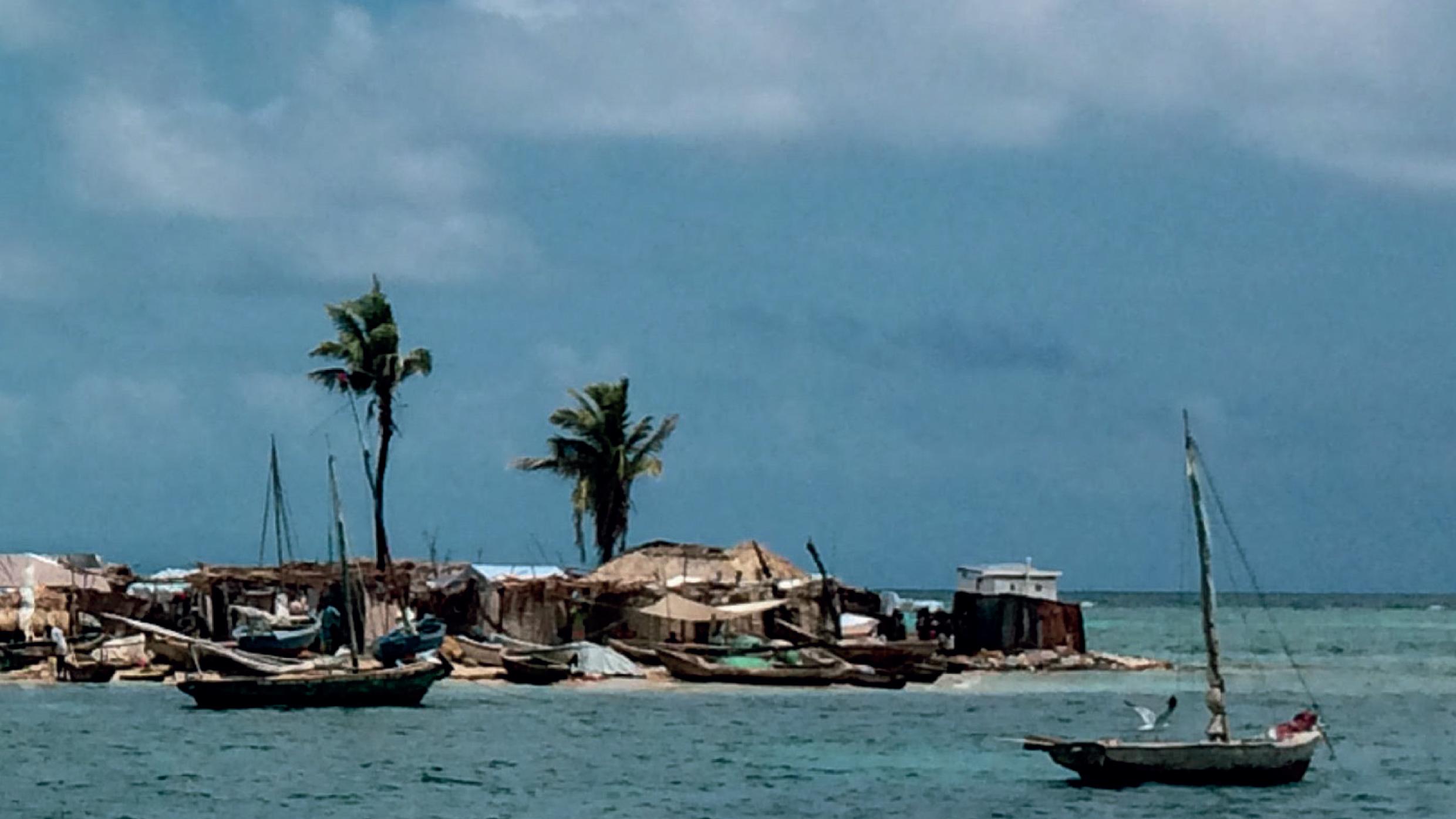- عربي
- 中文
- English
- Français
- Русский
- Español
Gaps, Challenges and Constraints in Means of Implementing the Sendai Framework for Disaster Risk Reduction
Small Island Developing States currently suffer the highest frequency of disasters in the world, ranging from severe flooding to violent storms, hurricanes and cyclones. Due to inherent vulnerabilities and the persistent lack of capacity to strengthen resilience, these disasters can in minutes wipe out development gains that took decades to achieve.
The Sendai Framework for Disaster Risk Reduction was adopted in 2015 specifically to overcome this challenge, with the lofty goal of substantially reducing of disaster risk and losses in lives, livelihoods and health and in the economic, physical, social, cultural and environmental assets of persons, businesses, communities and countries.
However, as we are halfway through the timeline for implementation of the Framework, it is alarming to note the limited progress has been made in the countries that are most vulnerable to disasters. So far, only a third of all SIDS are covered by early warning systems, and there is varied and uneven progress across SIDS towards achieving the Sendai Targets. Furthermore, the vulnerabilities and challenges faced by SIDS have been exacerbated by ongoing global events, including anthropogenic climate change, the COVID-19 Pandemic, geopolitical tensions and the impending global recession.






